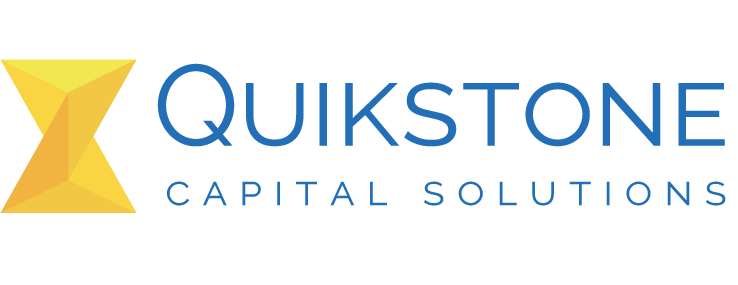 Keeping a small business financially healthy can feel like navigating a maze. You have bills, wages, inventory, operational costs, and taxes—all competing for limited resources. Without a solid budget, it’s easy to feel overwhelmed and unsure of where to allocate your hard-earned money.
Keeping a small business financially healthy can feel like navigating a maze. You have bills, wages, inventory, operational costs, and taxes—all competing for limited resources. Without a solid budget, it’s easy to feel overwhelmed and unsure of where to allocate your hard-earned money.
Key Elements of a Small Business Budget
A successful budget is built on the following essential components:
1. Income
The first step in budgeting is calculating your expected income. This includes all revenue streams—product sales, service fees, subscriptions, or any other channels. It’s crucial to project income realistically based on past trends and current market conditions.
2. Fixed Expenses
These are costs that remain constant month-to-month, such as rent, utilities, software subscriptions, and employee salaries. Identifying fixed expenses ensures you address non-negotiable obligations first.
3. Variable Expenses
Variable expenses change depending on your business activity. These might include raw materials, marketing costs, and shipping fees. Estimating variable expenses is trickier but just as important for staying on budget.
4. Emergency Fund
Life as a small business owner is unpredictable. A sudden equipment breakdown, a delayed client payment, or unexpected tax obligations can wreak havoc on your cash flow if you’re not prepared. Aim to set aside 10–20% of your income for emergencies.
5. Profit Margin
The ultimate goal of a budget is to ensure you're making a profit. After covering all expenses, what’s left is your profit. Use it strategically—reinvest in your business or save for future opportunities.
Creating An Effective Small Business Budget
To build a practical and efficient budget, follow these steps:
Step 1: Analyze Past Financial Data
Review your expenses and income from the previous year. By analyzing trends, you'll gain insights into which costs to prioritize and which to minimize. If you're just starting out and don’t have prior data, research industry benchmarks to set realistic numbers.
Step 2: Separate Your Business and Personal Finances
Make sure your business finances are entirely separate from your personal accounts. This not only simplifies budgeting, but also ensures compliance with tax regulations.
Step 3: Categorize and Prioritize Expenses
Divide your expenses into "essential" and "non-essential" categories. Pay fixed costs like salaries and rent first before allocating money for discretionary expenses like new software tools or optional upgrades.
Step 4: Include Consistent Savings Goals
Set aside a percentage of your revenue for specific savings goals, such as purchasing new equipment, expanding your team, or launching marketing efforts. This approach ensures your business grows sustainably.
Step 5: Use Budgeting Software
Managing finances manually can become overwhelming. Invest in tools like QuickBooks, FreshBooks, or Wave to automate budgeting tasks, track income and expenses, and generate reports in real-time.
Step 6: Conduct Monthly Reviews
A budget should never be static—business conditions and opportunities change constantly. Review your budget monthly to identify and address any discrepancies between projected and actual figures.
Set Your Business Up For Financial Success
Creating a budget isn’t just about crunching numbers—it’s about setting your business up for long-term success. By taking control of your finances, you’ll make smarter decisions, weather uncertainties, and achieve your goals with confidence. Start small, stay committed, and continuously refine your approach.
Since 2005, Quikstone Capital Solutions has been a trusted advisor to thousands of merchants. Quikstone provides these merchants with easy, fast, and flexible working capital for all their business needs. If you need cash for your business, contact us today. We have only one goal: to help your business succeed.





